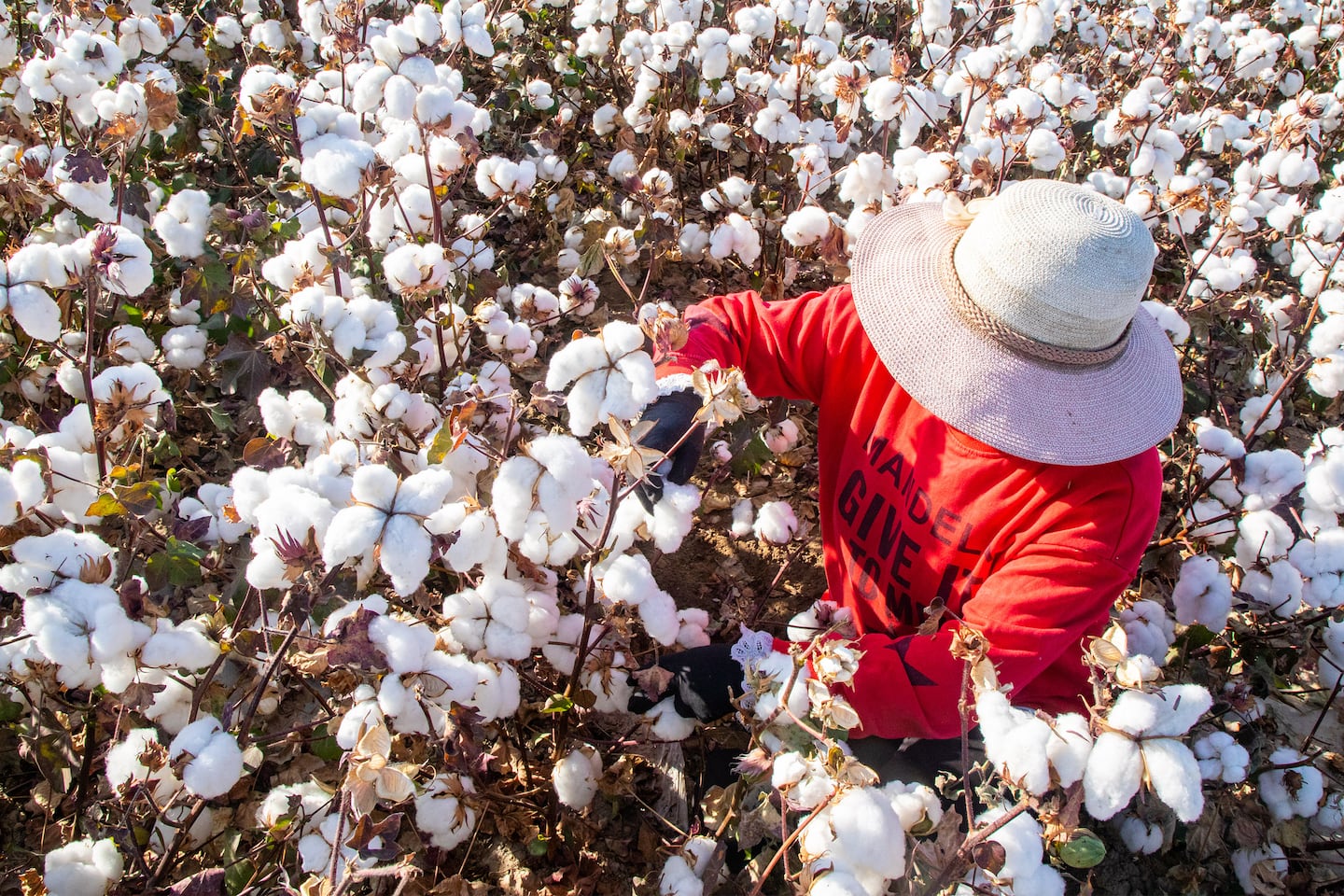
The Business of Fashion
Agenda-setting intelligence, analysis and advice for the global fashion community.

Agenda-setting intelligence, analysis and advice for the global fashion community.

A statement the Better Cotton Initiative (BCI) has had on its website since October 2020, announcing it was enacting a policy of “responsible disengagement” and would cease sourcing from China’s Xinjiang region amid reports of forced labour, has disappeared from its site.
The statement, and others related to it published by international fashion brands, has been the source of fierce backlash in China since late March, with widespread calls on Chinese social media to boycott brands, including H&M, Nike and Burberry, that have taken a stance against sourcing cotton from Xinjiang.
When reached for comment by BoF, a spokesperson for BCI said: “We will be communicating on this topic as soon as we are in a position to do so.”
To date, H&M remains unavailable on China’s largest e-commerce platforms, including Tmall, where it had a long-time flagship store.
ADVERTISEMENT
In recent weeks Chinese television programmes, including popular reality shows “Youth With You” and “Sisters Who Make Waves” have also blurred the logos of foreign brands, such as Nike and Adidas, worn by contestants.
With consumers tightening their belts in China, the battle between global fast fashion brands and local high street giants has intensified.
Investors are bracing for a steep slowdown in luxury sales when luxury companies report their first quarter results, reflecting lacklustre Chinese demand.
The French beauty giant’s two latest deals are part of a wider M&A push by global players to capture a larger slice of the China market, targeting buzzy high-end brands that offer products with distinctive Chinese elements.
Post-Covid spend by US tourists in Europe has surged past 2019 levels. Chinese travellers, by contrast, have largely favoured domestic and regional destinations like Hong Kong, Singapore and Japan.